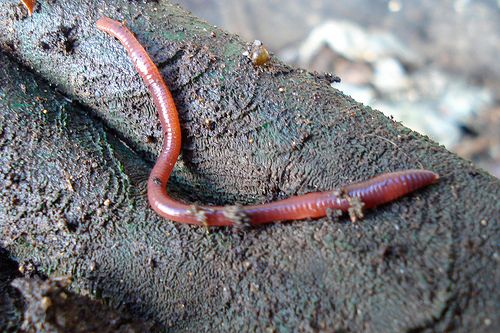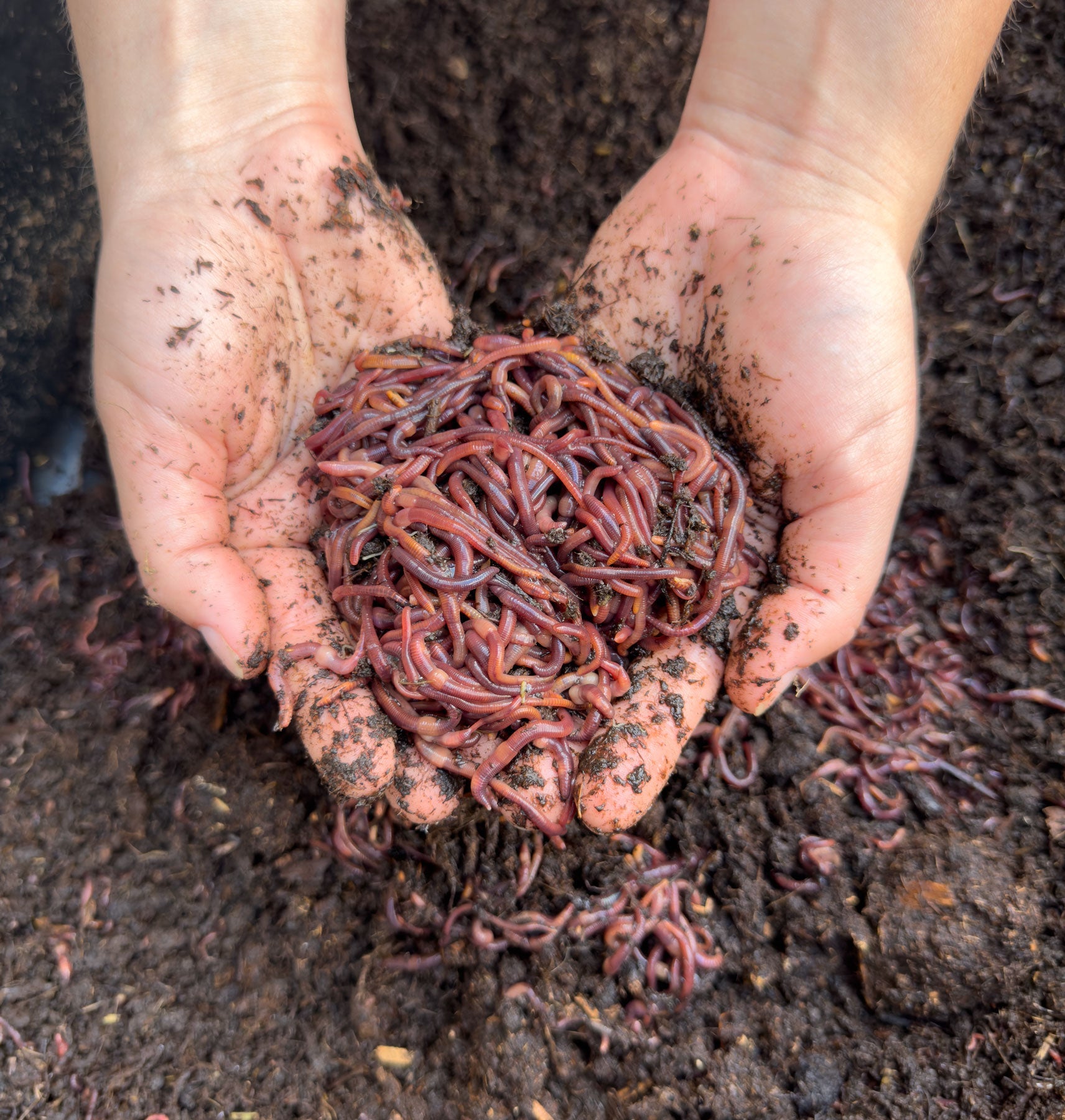Take Care of Your Lawn with the Best Products from Lake Hickory Bait
Red Wigglers: The Unsung Heroes of Organic Waste Recycling
Red wigglers, or Eisenia fetida, work as important representatives in the organic waste recycling procedure, changing thrown out materials into valuable vermicompost. Their effective breakdown of raw material not only enhances dirt quality but also contributes to sustainable waste management techniques. As the globe progressively looks for remedies to deal with waste accumulation and enhance farming efficiency, comprehending the role of these worms ends up being crucial. What devices allow them to prosper in compost settings, and just how can they be efficiently utilized in both residential and industrial setups? Exploring these questions discloses the more comprehensive ramifications of vermicomposting in our eco-friendly landscape.
What Are Red Wigglers?
The amazing resilience of red wigglers, scientifically recognized as Eisenia fetida, underscores their vital function in natural waste recycling. These small, reddish-brown earthworms are usually located in disintegrating raw material, such as garden compost heaps and manure heaps. Lake Hickory Bait. Unlike various other earthworm species, red wigglers grow in nutrient-rich environments and are highly reliable at breaking down natural products, making them important for vermicomposting

(Red Wiggler Express)Along with their duty in waste decrease, red wigglers contribute to soil health and wellness by boosting dirt framework and aeration through their tunneling activities (Lake Hickory Bait). Their existence in composting systems not only improves decomposition prices but also advertises a lasting technique to squander management, showing their relevance in environmental conservation initiatives
Benefits of Composting With Worms
Composting with worms, particularly red wigglers, offers various benefits that improve both waste management and soil health. First, these worms efficiently damage down natural waste, converting it right into nutrient-rich vermicompost that enhances dirt. This procedure speeds up disintegration, permitting a much faster recycling of kitchen area scraps and other organic products contrasted to conventional composting methods.
Additionally, the vermicompost produced by red wigglers is bursting with useful microbes, which aid improve soil framework, aeration, and wetness retention. This enhances the total health of plants, advertising vigorous development and enhanced yields in gardens and agricultural setups. Moreover, using worms in composting minimizes the production of greenhouse gases, such as methane, adding to a much more sustainable waste management system.

How to Beginning Vermicomposting
Developing a vermicomposting system is an uncomplicated process that can produce considerable advantages for both waste monitoring and dirt enrichment. To start, pick an appropriate container, such as a plastic bin or wood box, with ample air flow openings to ensure correct airflow. The measurements ought to ideally be about 2 feet by 3 feet, allowing enough space for the worms to grow.
Next, prepare bed linen product, which can include shredded newspaper, cardboard, or coconut coir. This bed linens needs to be dampened to develop an ideal environment for the worms. Once the bed linen is in place, introduce red wigglers (Eisenia fetida) into the container, typically around one pound of worms for every single square foot of area.
Adhering to the positioning of worms, include natural waste, such as fruit and veggie scraps, coffee grounds, and crushed eggshells. With these actions, you will effectively initiate a vermicomposting system that adds to sustainable waste management and enriches your soil.
Preserving a Healthy Worm Container
(Red Wiggler Express)Keeping a worm bin growing needs routine focus and treatment to ensure the wellness of the red wigglers and the effectiveness of the composting procedure. Proper maintenance begins with monitoring the wetness degrees; the container must be damp yet not waterlogged. A great rule of thumb is to maintain an uniformity comparable to a wrung-out sponge.
Aeration is essential also. Carefully mixing the bedding and food scraps every few weeks avoids compaction and makes certain that all worms have accessibility to oxygen. Additionally, it is essential to feed the worms suitably. A well balanced diet regimen of fruit and vegetable scraps, coffee grounds, and crushed eggshells ought to be supplied in moderation to stay clear of overfeeding, which can lead to smells and insects.
Temperature law is one more essential facet. Red wigglers flourish in a series of 55 to 77 degrees Fahrenheit. If the container ends up being too hot or chilly, the worms may come to be worried - Lake Hickory Bait. Lastly, periodically look for indicators of health and wellness, such as worm populace growth and the presence of healthy spreadings. By vigilantly managing these factors, one can preserve a durable and effective worm container.
Influence On Lasting Living
The successful upkeep of a worm bin not only profits the health and wellness of red wigglers but additionally contributes substantially to lasting living methods. By reusing natural waste, such as kitchen scraps and lawn debris, red wigglers assist divert considerable amounts of product from garbage dumps. This decrease in waste not only lowers greenhouse gas exhausts however also lessens the environmental concern related to waste monitoring.
Moreover, the castings created by red wigglers serve as a nutrient-rich organic fertilizer, boosting soil wellness and promoting plant development. This natural option to chemical plant foods sustains websites sustainable agriculture and gardening practices, minimizing dependence on synthetic inputs that can hurt environments. In addition, worm composting cultivates understanding of waste management, urging individuals and areas to embrace more lasting behaviors.

Verdict
In recap, red wigglers serve as essential contributors to organic waste recycling via their reliable disintegration of organic products. By integrating vermicomposting right into waste monitoring approaches, individuals and areas can substantially reduce waste while promoting ecological sustainability.